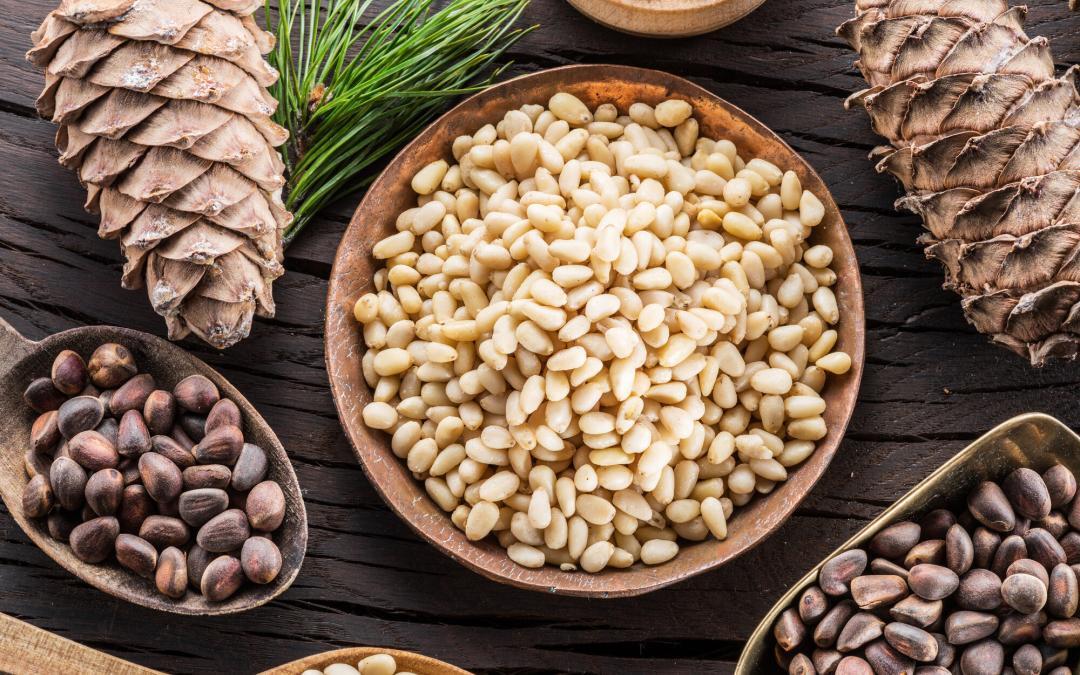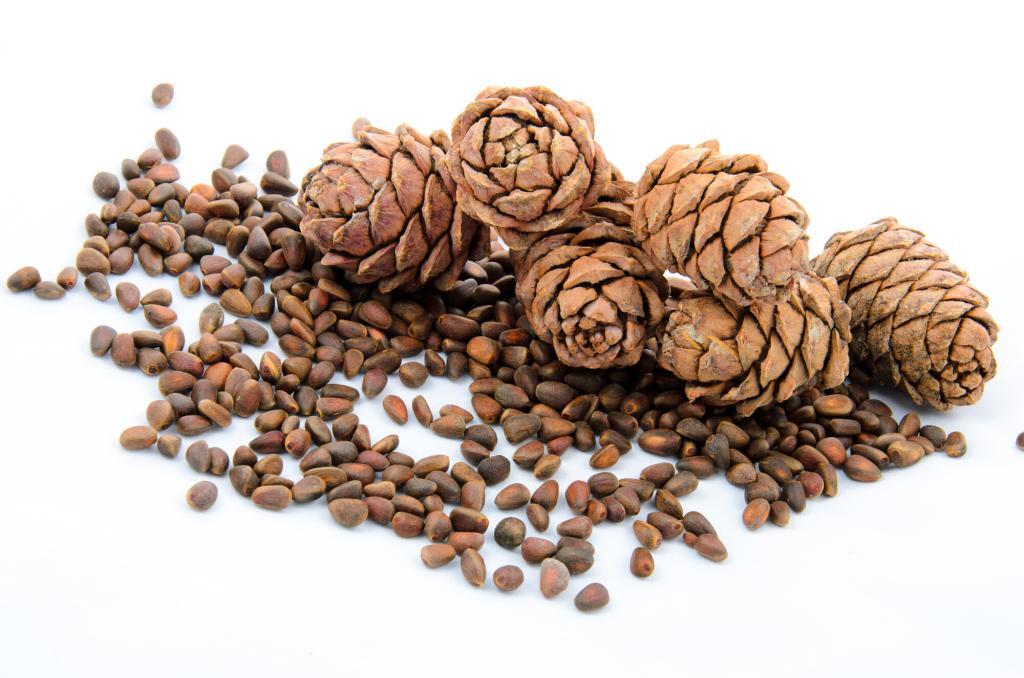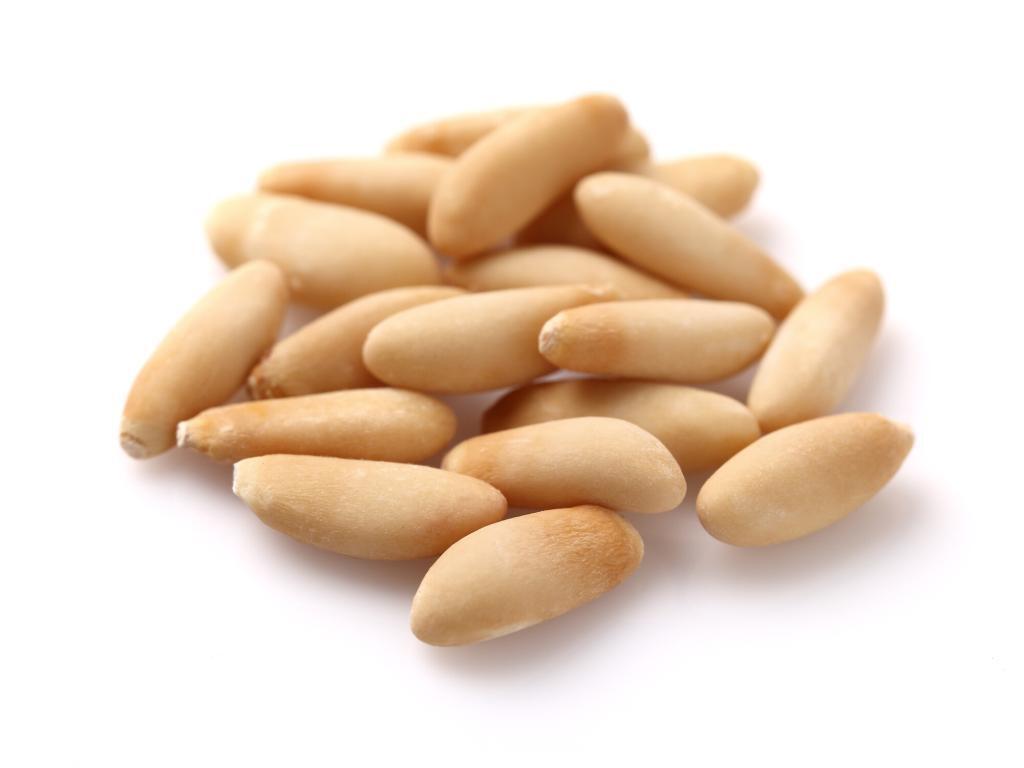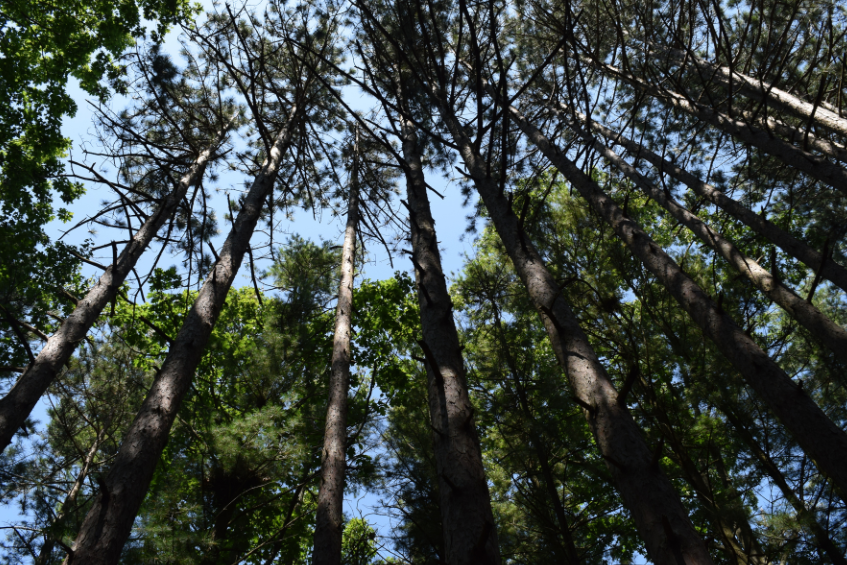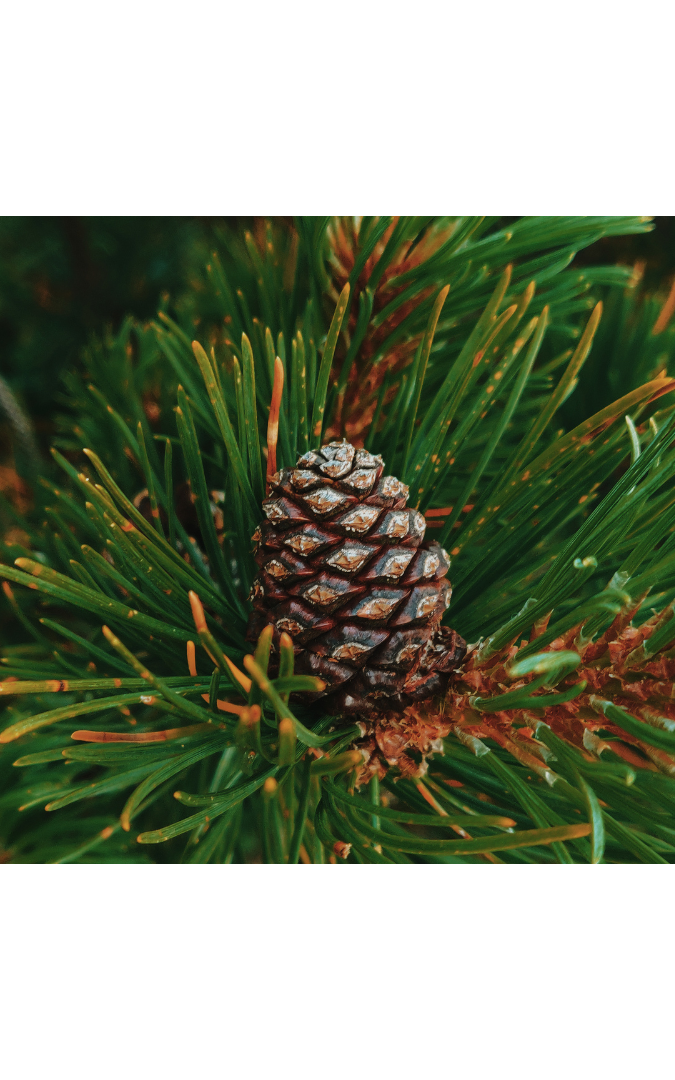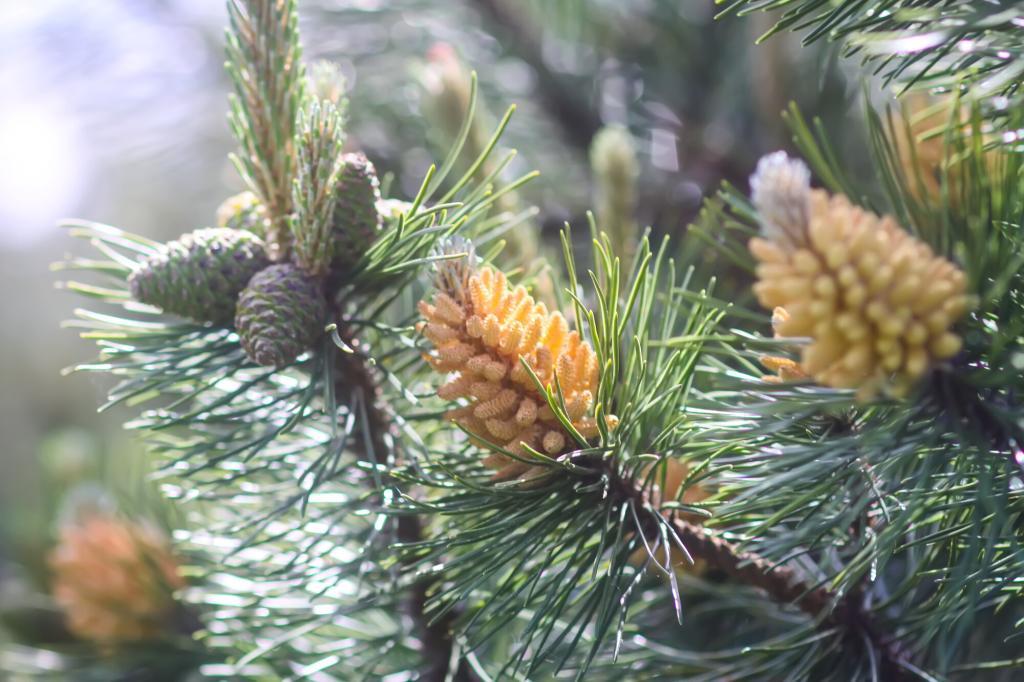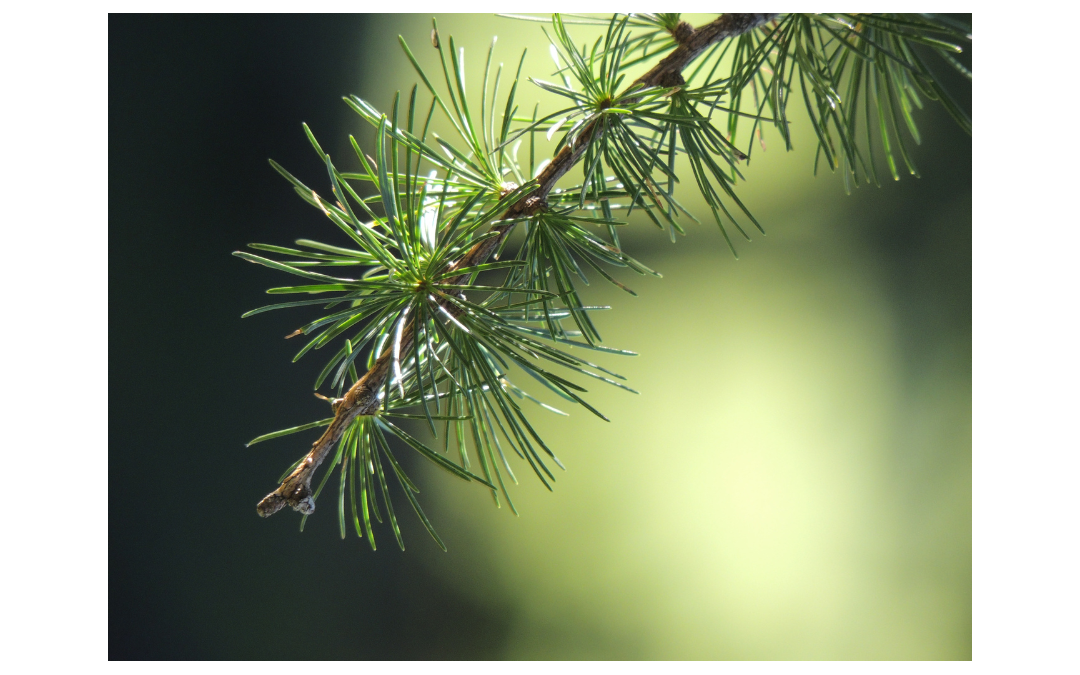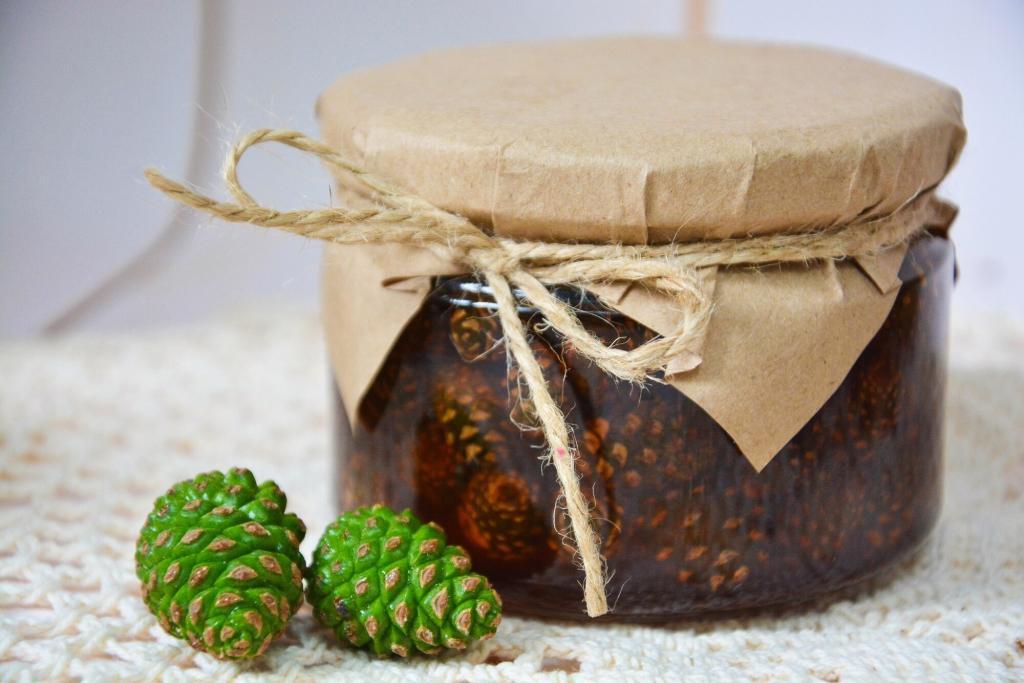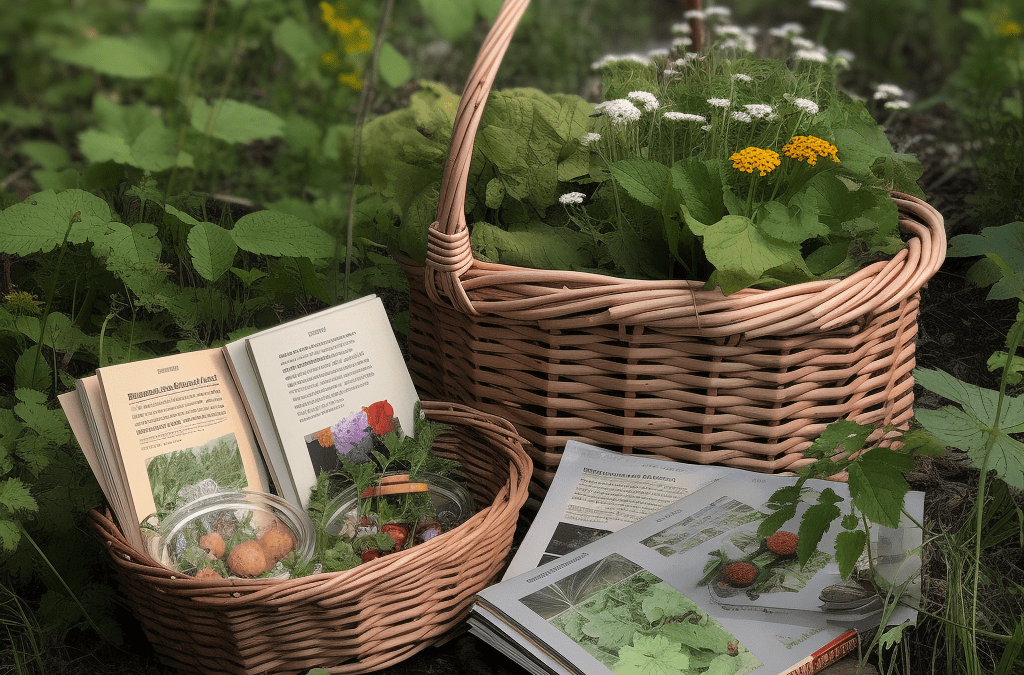
The Ultimate Guide to the Best Foraging Books in 2023: 11 Top Picks
The best foraging books are like doorways to nature’s hidden treasures. Whether you’re an adventurer or just someone who loves unique flavors, these books let you dive right into Earth’s generous offerings.
As you wander through the wild, you’re not just spotting edible plants but also getting a sneak peek into the amazing ecosystems they’re a part of.
This ultimate guide to foraging books uncovers essential reads for beginners to experts who want to ensure survival when foraging for wild edibles. Unless you’re an expert in the field, identifying safe and edible plants can be daunting.
We’ve scoured the market to bring you the 11 must-have foraging books for preppers. So whether you’re a seasoned forager or just starting, read on to discover the best books to add to your prepper library.
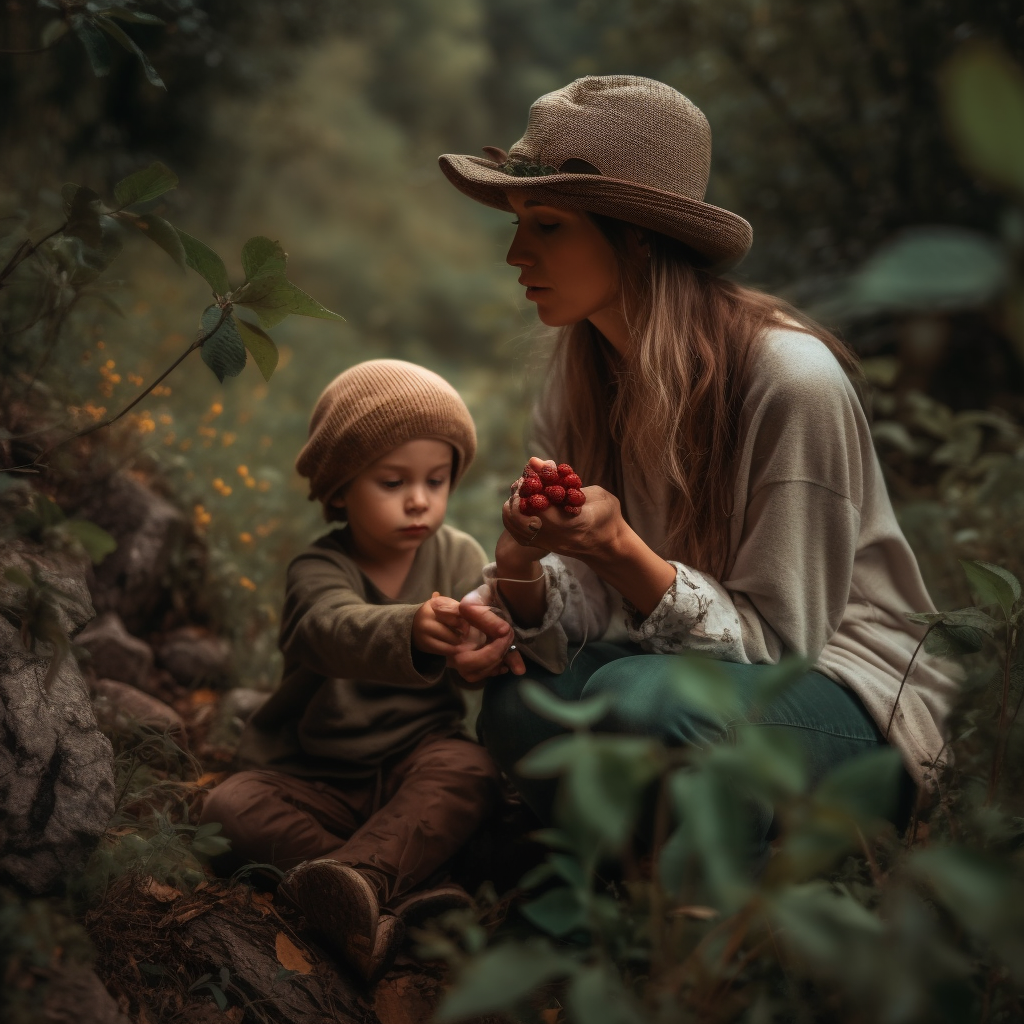
The 11 Best Foraging Books on Edible Wild Plants
Before you venture out into the wilderness, having a trusted guide is important. These 11 books stand out as trusted companions in exploring the realm of edible wild plants.
In This Guide:
Best Foraging Books For Beginners
Foraging is a fascinating way to connect with nature and learn more about the plants in your local area. Our top picks in the beginners category demystify the art of foraging, making it accessible to everyone.
From plant identification to seasonal guides, these introductory books are your first step toward a sustainable lifestyle. To get started, it’s important to have the right resources at your fingertips. Here are some of the best foraging books to add to your collection:
- Beginner-friendly advice and tips on foraging
- Provides a seasonal calendar
- Includes recipes and a useful glossary section
- Provides clear, detailed pictures and descriptions
- No information on the medicinal use of the wild plants
This highly-rated book from Amazon is written by foraging expert Mark Vorderbruggen. It’s one of the best foraging books for beginners.
With knowledge on harvesting fruits, nuts, flowers, leaves, and other wild edibles — plus advice on safe foraging practices such as identifying the presence of pollutants or avoiding any harmful insects and animals — you’ll have all the information you need to get started.
You’ll discover over seventy detailed descriptions of plants and wild foods. The photos also display the different phases of edible plants.
It includes several useful tips for foraging in various climates and seasons. There’s also a calendar detailing the upcoming growing seasons for various plants in your location.
Aside from that, you’ll get recipes for turning them into delicious meals.
- Comprehensive guide for beginners looking to learn about foraging
- Over 100 wild edibles with information on identification, distribution, and seasonality
- Quality and detailed photographs
- Step-by-step instructions on how to prepare and cook wild edibles, with recipes included
- Tips on how to preserve and store wild edibles
- Black and white images
Kennett’s book starts with an introduction to foraging, including basic safety precautions and ethical considerations.
The book also provides detailed descriptions and photographs of over 100 wild edibles. So it’s easy for readers to identify these species in the wild.
Each entry includes information on the plant’s distribution, habitat, and the season it can be harvested. This book focuses on practical, hands-on guidance.
It also includes step-by-step instructions on how to prepare and cook wild edibles. Plus, it contains recipes for everything from soups and stews to desserts and drinks.
In this book, the author has collected two decades of expertise on foraging edible plants in nature. It covers various topics, from recognizing which wild plants are edible to methods for collecting and harvesting them safely.
This plant survival book has recipes for foraging in different environments and making serums and elixirs.
However, it focuses more on recipes than identifying foraged plants. So there might be better choices if you are looking for a guide with many pictures.
- Includes high-quality photographs
- Provides detailed information on wild plants
- Offers tips on harvesting and preparing wild edibles, along with recipes
- Includes a guide in identifying poisonous plants
- Black and white images
This is a comprehensive and practical book that covers over 60 common wild edible plants. It’s a great resource for anyone interested in foraging.
You can easily identify wild plants with the help of over 300 stunning color images and detailed descriptions provided.
The author provides tips on harvesting and preparing these plants and recipes for incorporating them into your diet.
With the book organized by season, you can easily find the plants available at different times of the year.
- Information on dangerous looks-alike of plants
- Instructions for making recipes and natural remedies
- Recipes for making tinctures
- Includes more recipes than information on how to identify plants
- Lacks detailed images
This foraging book is an essential guide for those interested in discovering the edible plants in their local area.
It provides practical knowledge on how to identify, harvest, and prepare a variety of wild plants for safe consumption.
Also, the book offers appetizing recipes and tinctures that allow readers to take full advantage of their harvest. It’s a thorough guide to foraging for food, covering everything from what to look for to what to avoid.
It also tells what equipment to bring along with you and how to create your garden of wild edibles.
Best Foraging Books Based on Location
Many regions have distinct plant species and growth seasons, so choosing a foraging book specific to your area is important. We recommend the following foraging books on edible wild plants for various regions:
- Complete and detailed information about foraging in the NorthEast USA
- Easy and comprehensive guide for identifying plants
- Includes good-quality colored pictures
- Handy guide to finding plants in each season
- Alphabetical arrangement makes it easy to find plants
- No detailed recipes, only general suggestions for preparation
This book is great for people of all skill levels who want to learn what they can eat in the wild in the Northeast. It details 120 wild edibles you can find and eat near the region’s roads, meadows, beaches, fields, and forests.
The plant profiles include clear, color photographs. It has identification tips, ethical harvesting guides, and preparation suggestions for eating. The preparation suggestions are also interesting and easy to follow.
You’ll also find a handy foraging-by-season chart telling which plants are available every season. And while anyone can forage, this book reminds us to plan for the future and protect our natural resources.
- Includes over 120 wild edibles for foraging
- Detailed and colored images for identification
- Provides cautionary notes for each wild edible
- Provides information on how, when, and where to harvest
- Includes only a few recipes
- Bulky
If you’re an aspiring forager looking to explore the diverse and abundant wild edibles of the Pacific Northwest, this foraging book is an excellent guide to get you started.
Deur’s book provides a comprehensive overview of the region’s wild edibles. With detailed photographs and information on identification, habitat, and seasonality, this book is an invaluable resource for any type of forager.
The book also features over 75 recipes showcasing the flavors of the Pacific Northwest. This guide to the region’s varied and delectable wild edibles is perfect for foodies or outdoor enthusiasts wishing to connect with wildlife.
This is the go-to resource for any forager planning to venture into the ecosystems of the Southwestern United States. Slattery’s book provides readers with the knowledge to identify and harvest a wide range of wild edibles in the region.
The plants are arranged alphabetically. But first, there is a listing of all four seasons, and in each one, all the plants ready to be harvested are organized.
It also includes suggestions for improving the efficiency of harvesting, preparing foods for cooking, and cooking the food itself.
With over 100 wild edibles described with detailed photographs and information, this book is an excellent guide for foragers in the American Southwest.
- Colored pictures for easy identification
- Detailed guide for MidWest edible plants
- Includes a seasonal plants list
- Information on how to gather, prepare and store foraged plants
- Lacks information on how to prepare foraged items
This full-color guide makes foraging easy for beginners and is a reliable source for more experienced foragers. It covers foraging for edible plants in the Midwest, including burdock, wild peach, and others.
Finding out about different kinds of wild plants is a breeze with the help of this foraging guide. You’ll find instructions on recognizing them, methods for gathering them, preparing and storing them, and more.
It also has a helpful seasonal planner that shows what plants are available each time of year. In short: foragers in the Midwest must have this.
- Comprehensive information on over 40 wild plants and mushrooms
- Offers practical advice on safety, legal considerations, and ethical guidelines
- Features recipes and cooking tips to help readers make the most of their foraged finds
- Written in an accessible style, suitable for beginners
- Not suitable for experienced foragers looking for more advanced information
Learn how to safely and successfully gather, store, and prepare your foraged foods using the information in this book. This book focuses on sustainable collecting techniques for hundreds of wild plants.
It’s ideal for beginners who want to start foraging but need guidance on doing it safely and responsibly.
It also includes profiles of over forty wild foods common across North America. This book is an indispensable resource for anyone wanting to learn more about the subject.
- Includes high-quality images of plants
- Categorized into zones where each plant grows
- Includes edibility notes
- Good book to introduce Alaskan plants
- Provides broad descriptions
This book is an excellent resource for anyone interested in foraging in Alaska, whether a beginner or an experienced forager looking to expand your knowledge.
Schofield provides clear guidance on ethical harvesting. It also includes tips on when and how to gather plants to minimize environmental impact.
Not only does it provide images of each plant, but this foraging guide also offers descriptions and valuable information on the wild plants found in Alaska. The book also teaches the culinary uses of plants and reveals their medicinal properties.
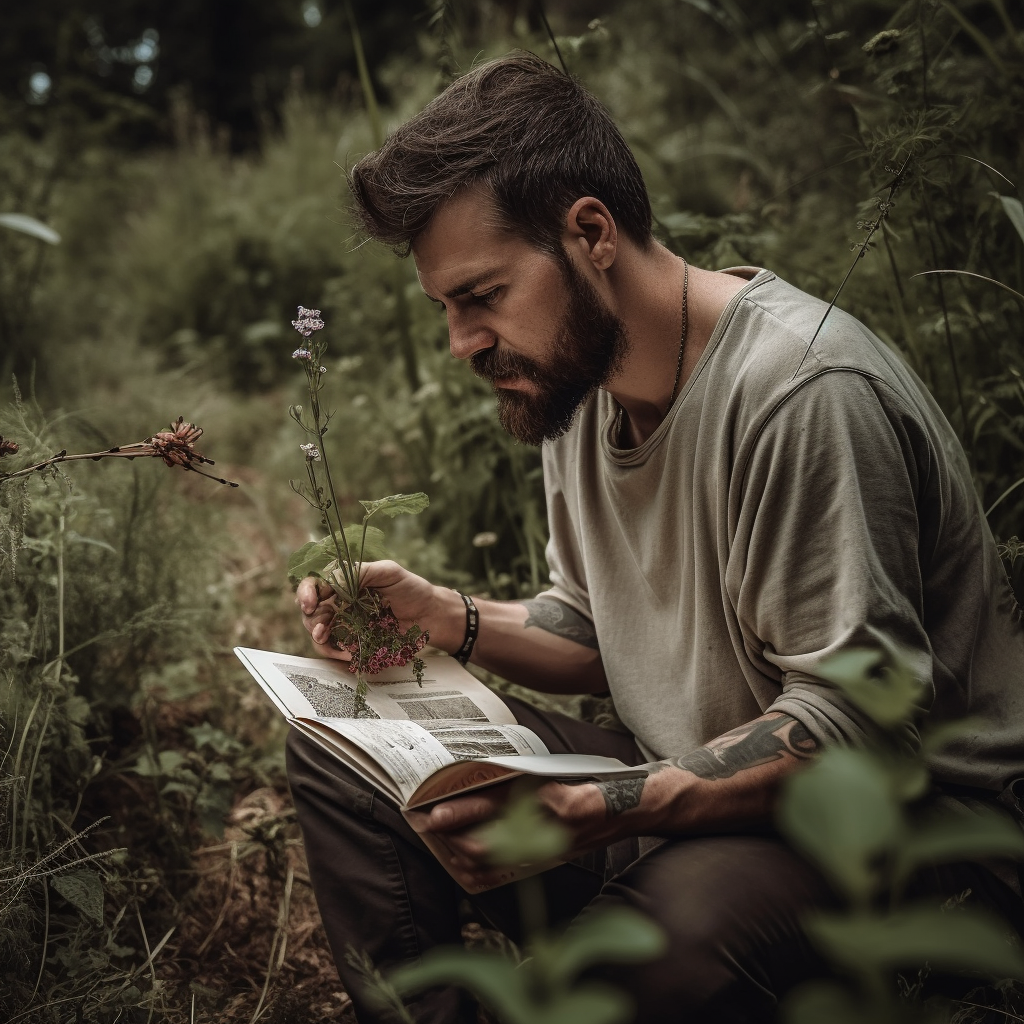
What Is Foraging?
Foraging, at its essence, is the age-old practice of gathering food from nature. Humans, for millennia, have depended on this art, forging connections with the land and its cycles. In some parts of the world, it remains a way of life for many people.
Why Should I Get Foraging Books?
Equipping oneself with foraging books is a leap towards nature’s wisdom. Knowledge, paired with practical guidance, empowers enthusiasts to interact safely and sustainably with their environment.
Foraging books are an invaluable resource for anyone interested in foraging wild edibles. A curated, well-researched book offers unparalleled depth, guiding you from beginner curiosity to masterful expertise. They teach you about edible plants, mushrooms, nuts, fruits, herbs, and other wild foods you can safely eat.
With the right foraging books, you can learn to identify these wild edibles and how to forage for them safely and responsibly.
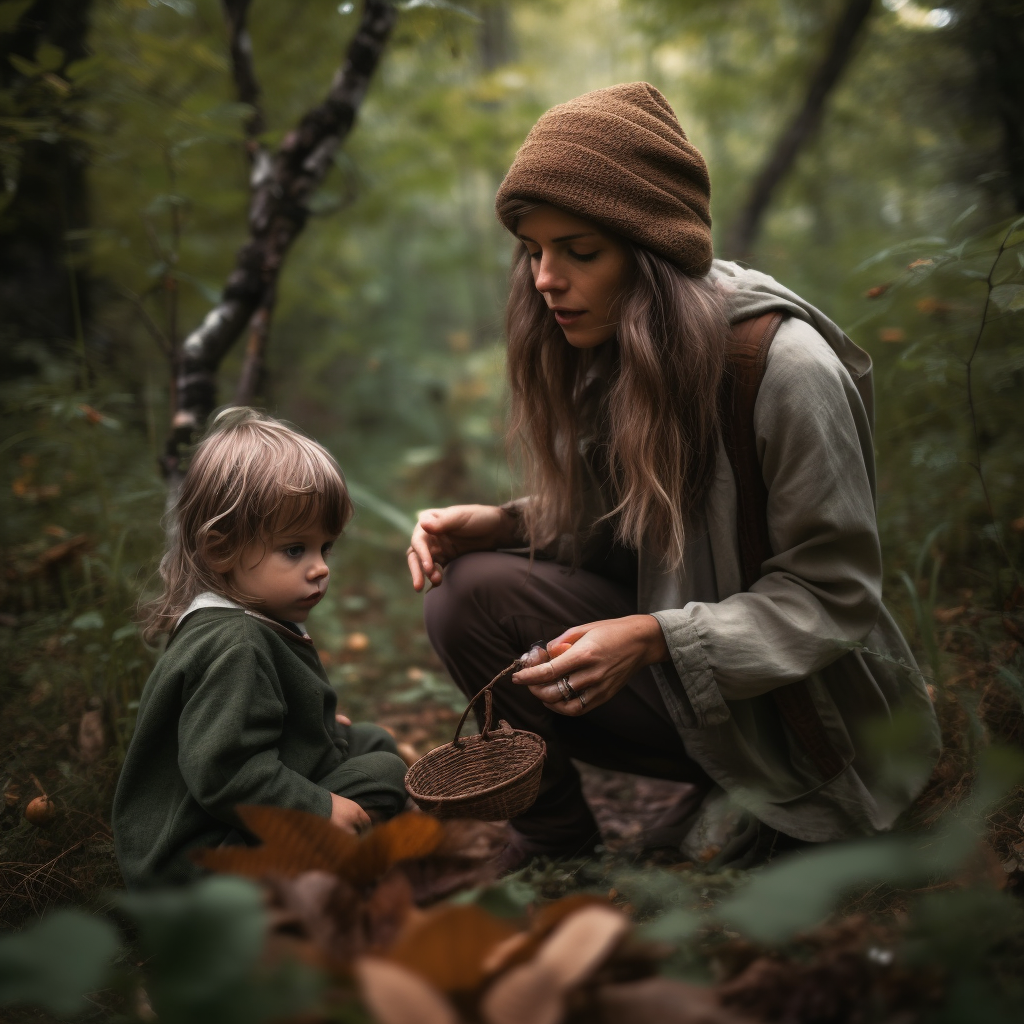
What To Consider When Buying Foraging Books
There are key factors to weigh when purchasing a foraging book that suits your needs. Consider not only the content but also the vision and values championed by the author. From your skill level to your geographical location, choosing the right book can make or break your foraging experience.
Here are crucial factors you should consider when looking for the best foraging books:
Author’s Expertise
An author’s expertise serves as the backbone of any reputable foraging manual. Their experiences, reflected in their writings, guide readers through diverse terrains and ecosystems.
With credentials ranging from botany degrees to years of hands-on experience, these authors are your trustworthy guides. Consider the author’s background. Look for foraging books written by experts who have spent years studying and practicing foraging.
They should ideally have a background in botany, herbalism, or a related field. Real-life experience in surviving off the land is also invaluable. Reading online reviews and doing a quick background check on the author can help verify their expertise.
Regional Focus
Region-specific information filters the vast world of foraging into local, actionable insights. Understanding regional flora ensures foragers resonate with their immediate environment. So opt for books that focus on your locale and provide essential details like local plant varieties and harvest seasons.
Different regions have different climates and, thus, different plants. What grows in the Rockies isn’t going to be chilling out in the Arizona deserts. Choose a book that is specific to your locale or your go-to bug-out location.
It should provide detailed descriptions of the region’s unique flora, including which plants are safe to consume and which to avoid.
Plant Insights and Images
Descriptive narratives, enhanced with clear visuals, make it easier to correctly identify plants. This clarity is essential, which can help you tell apart safe foods from the risky ones.
With scientific names and visual aids, these books eliminate the guesswork in foraging. Clear, colored photos or illustrations are important because, to the untrained eye, one green leafy thing looks pretty much like another green leafy thing.
The book should also describe their appearance in different seasons, their preferred habitats, and any distinguishing characteristics. This information is crucial for correctly identifying plants and avoiding potentially harmful mistakes.
Preparation and Usage Instructions
Beyond identification, readers benefit from preparation and usage instructions. This culinary knowledge transforms simple edibles into gourmet experiences. These books help you learn how to make herbal teas, foraged meals, and even natural medicines from your harvest. It’s one thing to identify edible plants, but knowing how to prepare them is another. If you don’t know how to prepare them, you’re out of luck.
The best foraging books will give you the lowdown on how to cook up your finds, store them for later, and even use them for medicinal purposes. Books that feature recipes or DIY project instructions are an added bonus.
Ethical Foraging Guidelines
Ethical foraging guidelines ensure the delicate balance of nature remains undisturbed. Sustainability and respect for plant populations are at the core of responsible foraging. Foragers, adhering to these principles, tread lightly, ensuring nature’s bounty thrives for future generations.
Foraging books that teach ethical foraging principles, like only taking what you need, spreading the harvest, and promoting biodiversity, are the ones worth investing in.
Understanding and adhering to ethical foraging practices ensures these resources will be available for future generations.

FAQ’s About Foraging Books
Do I need foraging books to get started with foraging?
While starting foraging without a book is possible, having a good resource can make the process much easier and safer.
A good foraging book can help you identify plants and mushrooms, learn which ones are safe to eat, and give you ideas for using them in the kitchen.
Are there any safety concerns with foraging?
There are some safety concerns to keep in mind when foraging. It’s important to accurately identify the plants and mushrooms you’re collecting, as some can be toxic or poisonous.
It’s also important to be mindful of your impact on the environment and to only collect what you need.
Can I forage in urban areas?
It’s possible to forage in urban areas, but you’ll need to be mindful of pollution and other environmental factors.
It’s also important to get permission from property owners before foraging on private land.
Key Takeaways About the Best Foraging Books For Preppers
For preppers, having the best top foraging books are essential additions to their collection. Combining survival techniques with the wisdom of nature, these guides are indispensable on their shelves.
Foraging can be a fun and rewarding way to connect with nature and learn more about the wild edibles in your area. With the right resources, including good foraging books, you can safely and confidently explore the world of wild edibles.
So why not start by picking a book for your foraging journey today?












